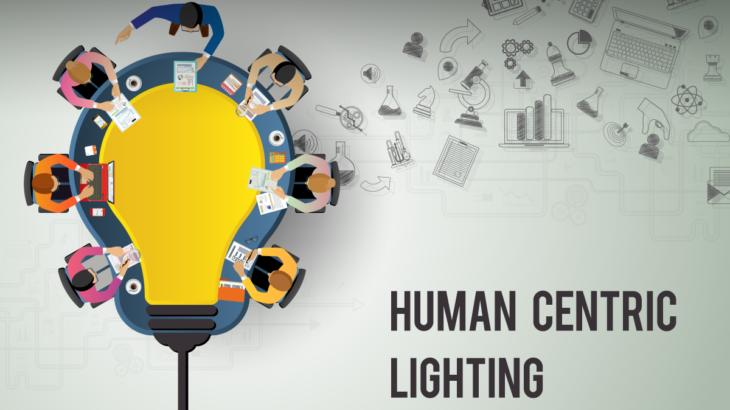Human Centric Lighting (HCL) can adjust people’s daily rhythms and improve their motivation, well-being and productivity. The science behind this concept is fairly direct - creating lighting solutions that bear an impact on the mood, productivity and enhance the user’s experience of the space. But how? With new lighting system, companies can set the lighting conditions within the office space that determine melatonin suppression and can be regulated according to need. The human body uses light for more than seeing; the body uses light as a reference point to guide the internal clock that helps in enhancing concentration, preventing sleep disorders and improving well-being. This has given rise to the concept of Human Centric Lighting solutions.
Biology meets office space design
Human-centric lighting has everything to do with the physiology of the human body. The human eye is a part of the circadian path where photoreceptors in the retina, called ganglion cells, are affected by the amount of blue light they’re exposed to. These cells determine whether it is night or day, the misinterpretation of light in the environment leads the brain to release melatonin or the “sleep hormone”, due to which the body experiences fatigue, tiredness, and craves “earned rest” -such as at the end of a long hard day.
So, how does one fix the lights?
Using tunable LED lighting systems in offices allow the user to set the tone of light directly in tune with their circadian rhythm. Employees can start the day by using cool colours and switch to warmer tones towards the evening. The mimicking of daylight conditions using LEDs is flexible and cost-effective. Independent areas can have different lighting instructions to help the users of space, draw maximum benefits from it. Pendant lights that are hung over individual workstations can also be tuned to the user's individual circadian rhythm.
Advantages of HCL
Productivity
The right lighting effectively boosts employee energy levels which directly impacts their work. Low energy levels in office have been seen to be one of the primary reasons for the decrease in deliveries and missing deadlines.
Effective night’s rest
When employees are exposed to lighting that has been regulated according to the circadian rhythm, it has a positive effect on their sleeping pattern. Having a good night’s sleep affects the employees’ attitude and has a positive impact on their work.
Improved job satisfaction
When the light settings are varied according to individual preferences, it leads to higher job satisfaction through the knowledge of control. Customized lighting helps individual employees work in tune to their internal clock, which provides greater comfort and better efficiency.
Sustainability
Most HCL concepts also acknowledge the importance of using daylight in their planning. This reduces the consumption of energy and makes the concept highly sustainable.
While everyone stands to benefit from human-centric lighting, it is the modern office that is the biggest beneficiary. Productive, happy and healthy employees result in lower attrition rate, increased innovative thinking, better job satisfaction and enhanced overall performance of the company in the long run.
